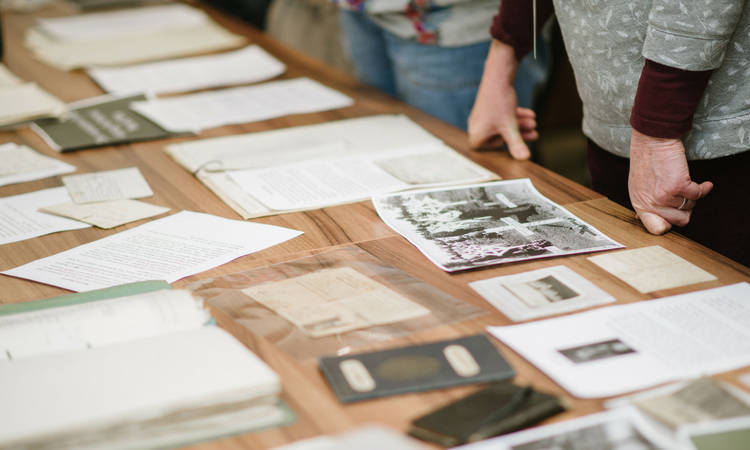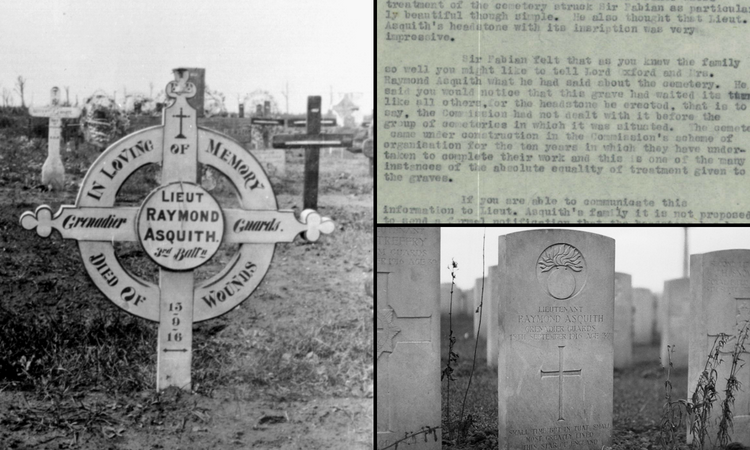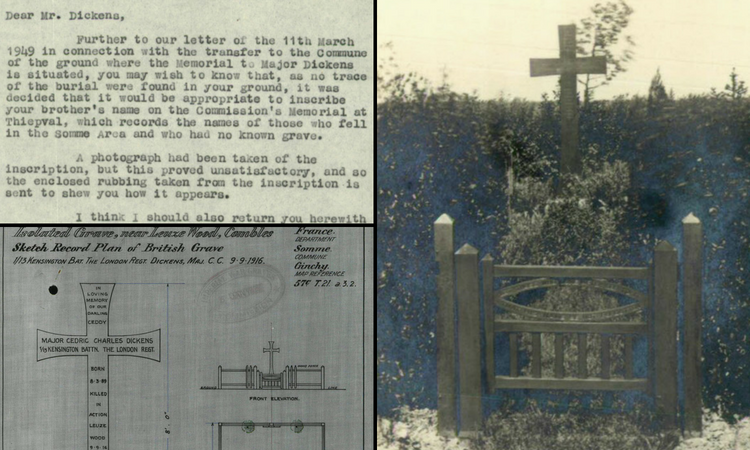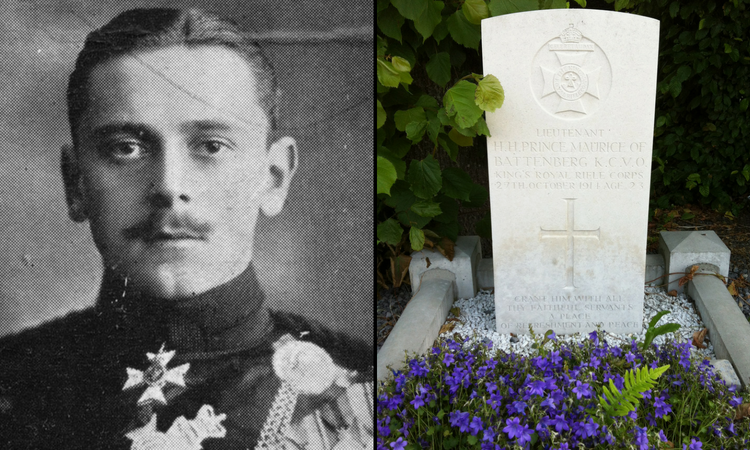08 June 2018
CWGC's casualty archive added to Unesco UK Memory of the World register

To mark International Archives Day today (9 June), the Commission and UNESCO are delighted to announce the addition of the Commonwealth War Graves Commission’s Casualty Archive to the UNESCO UK Memory of the World Register.
The register, which promotes the sharing of knowledge for greater understanding and dialogue, recognises records of national significance. The archive will be formally added to the register at an inscription ceremony on 19 September 2018.
The archive contains more than 300,000 separate documents detailing the registration of the graves or memorials of the men and women of the Commonwealth forces who died in the First and Second World Wars. The war records include Grave Registration Reports which record the burial locations and basic details of those individuals, such as their name, service number, rank, regiment, unit and date of death, and Burial Returns, which provide information as to where their remains were recovered and how they were identified.
They also include Headstone Schedules which were used to produce the final permanent headstone, and Final Verification reports. These reports were sent to the families of the war dead and in many cases contain poignant personal information such as confirmation of the loved ones chosen personal inscriptions for their loved ones headstones.
The archive also contains a small number of files of correspondence with the next of kin of some of those who are commemorated by the CWGC.

For example, a series of letters between the Imperial War Graves Commission (as it was at the time) and the family of Raymond Asquith, the son of the British Prime Minister Herbert Henry Asquith, survives in the collection. Lieutenant Asquith, who was 37 years old at the time of his death, was killed on the battlefields of the Somme on the 15 September 1916, and his death, during his father’s tenure as Prime Minister, was a devastating loss.
The letters reveals that Asquith’s “grave had waited its turn like all others for the headstone be erected, that is to say, the Commission had not dealt with it before the group of cemeteries in which it was situated”. It also includes a letter from his wife Katherine confirming her choice of personal inscription for his headstone from Shakespeare’s Henry V.
“Small time, but in that small most greatly lived this star of England”.

Other items in the archive include correspondence concerning the private memorial of Major Cedric Charles Dickens, the grandson of the celebrated author Charles Dickens. Major Dickens, who was a member of the 13th (Kensington) Battalion of the London Regiment, was killed on the 9 September 1916. His men erected a wooden marker to his memory, which was later replaced with a stone memorial by his family. Over the years the Commission sought permission from the family to exhume Major Dickens’ body and rebury him in one of its war cemeteries, to ensure his grave would be better protected and cared for in perpetuity. During the 1940’s the family agreed to allow his exhumation to take place, but when the location of the memorial was exhumed, no body could be found, despite extensive searching taking place in the immediate surrounding location. He is now listed on the Thiepval Memorial as one of the missing.
The archive also provides insights into the sensitive and challenging nature of the Commission’s work. An example of this can be found in the letters between the Commission and the mother of Lieutenant Prince Maurice of Battenberg who was killed near Ypres in October 1914. Princess Beatrice, the youngest child of Queen Victoria, wanted to mark the passing of her 23 year old, favourite son by erecting a private memorial to him. After delicate negotiations between the Princess and the Commission he was eventually honoured with a Commission headstone, in line with the commission’s founding principles of equality of treatment and that there should be no distinction made on account of military rank, race or creed.

WGC Archivist Andrew Fetherston said: “It is a huge honour for the Commission’s Casualty Archive to be recognised by UNESCO for the UK Memory of the World Register. Our archive is a unique record of the extraordinary contribution made by a generation of men and women in the world wars. Whilst many of the archives include only the names and details of the casualties, in some cases we have a much deeper insight into the turmoil of the family members left behind through the poignant words within their letters.”
Dr Beth Taylor, Chair of the UK National Commission for UNESCO, said: “The Commonwealth War Graves Commission Casualty Archive is a monumental world-first achievement which movingly commemorates the sacrifice of all those who gave their lives for Britain and the former Empire in the First and Second World Wars. Its comprehensive coverage and egalitarian approach make it a very worthy addition to the register. I am delighted to celebrate its inscription today – one of six new inscriptions of richly varied archives from across the UK.”

